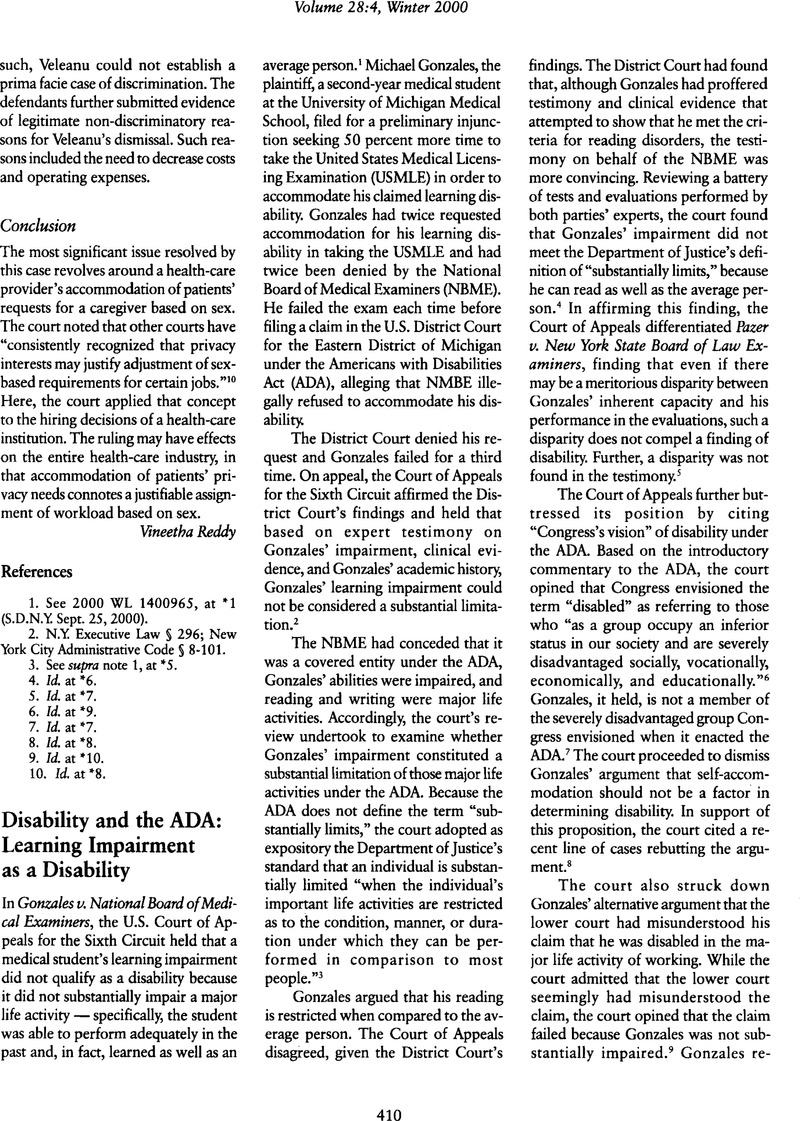Crossref Citations
This article has been cited by the following publications. This list is generated based on data provided by Crossref.
Lacy, Daniel S
2014.
Non Semper Fidelis: Adultery & the United States Military.
SSRN Electronic Journal ,



